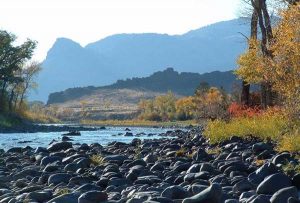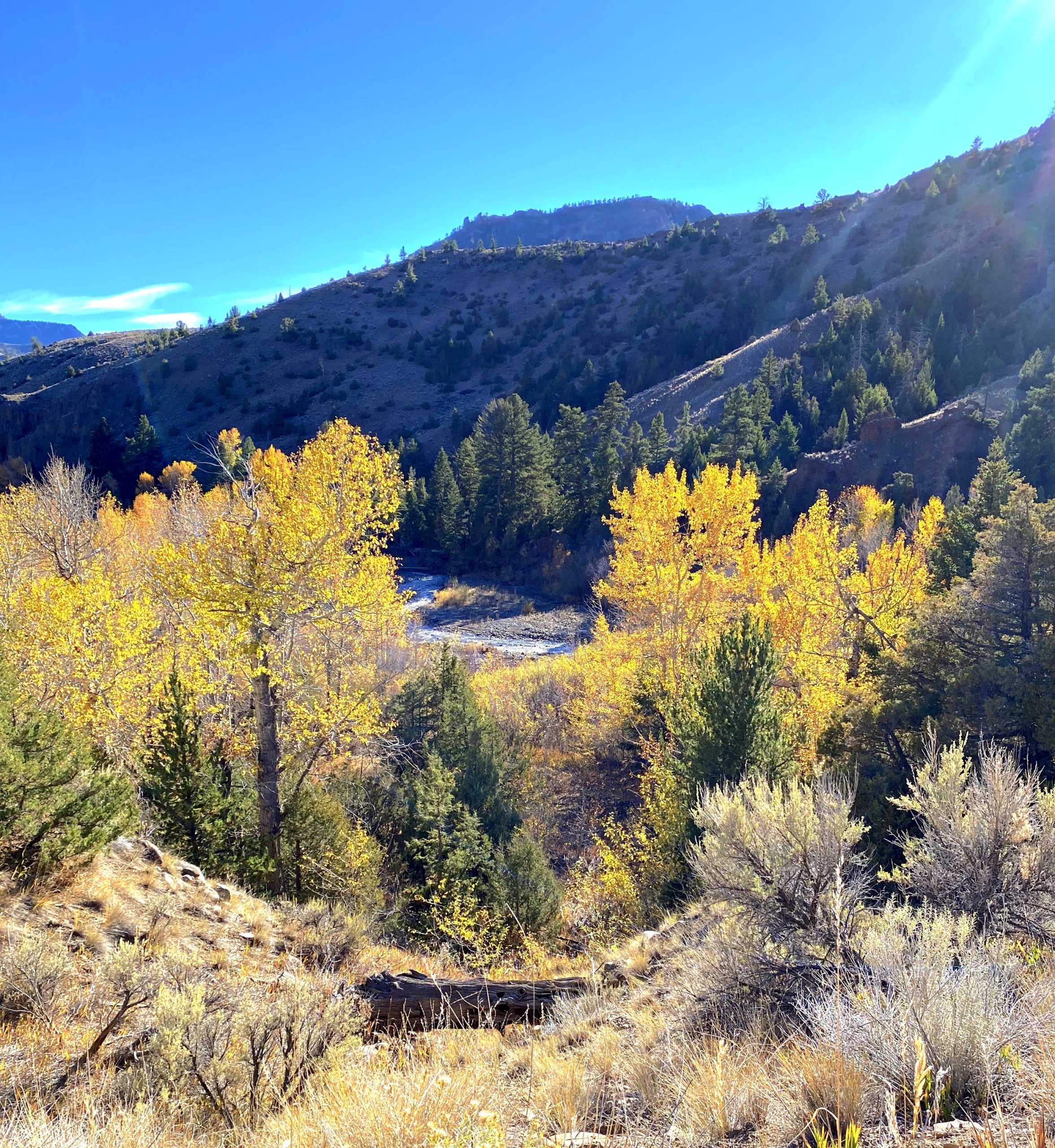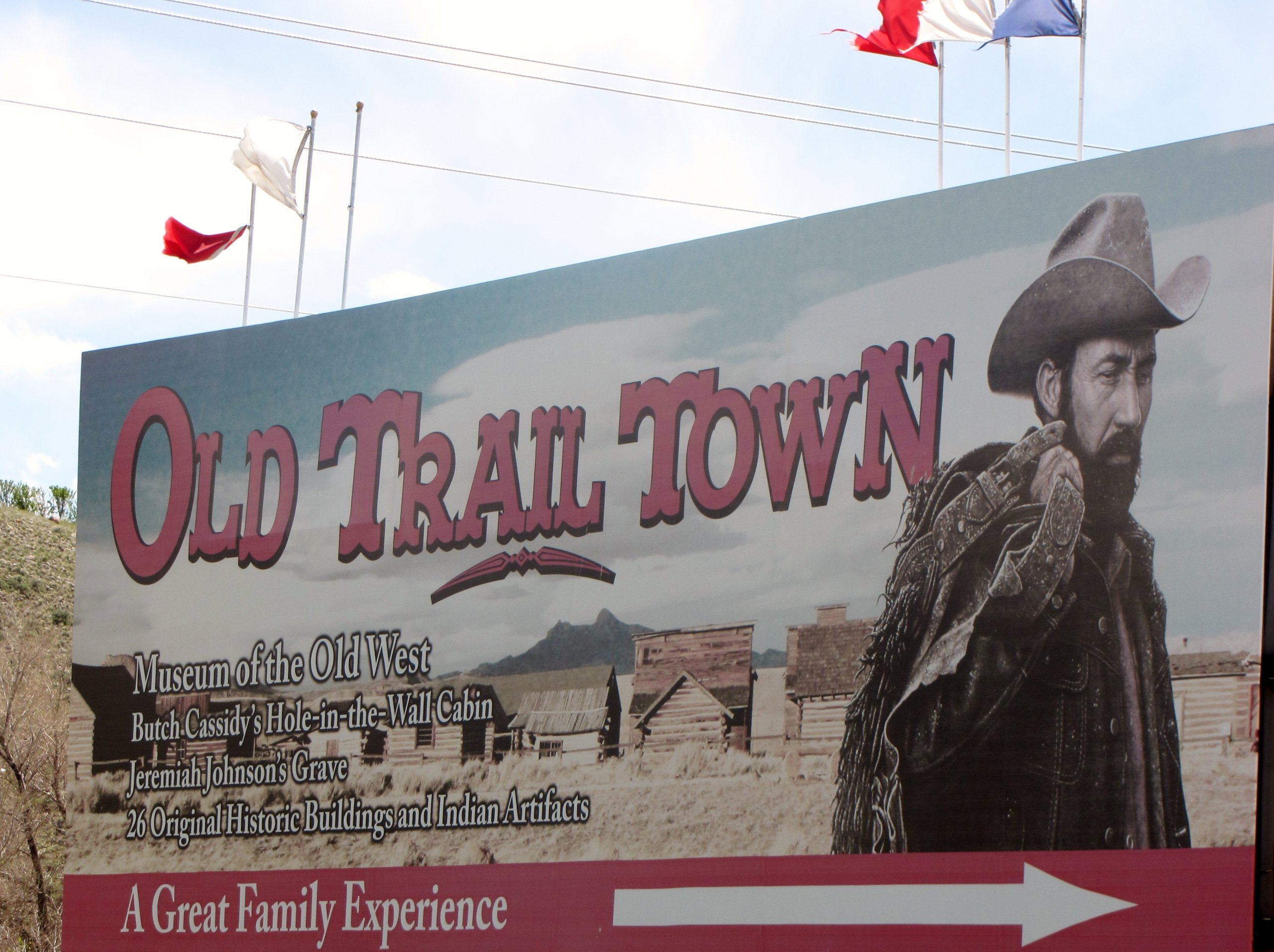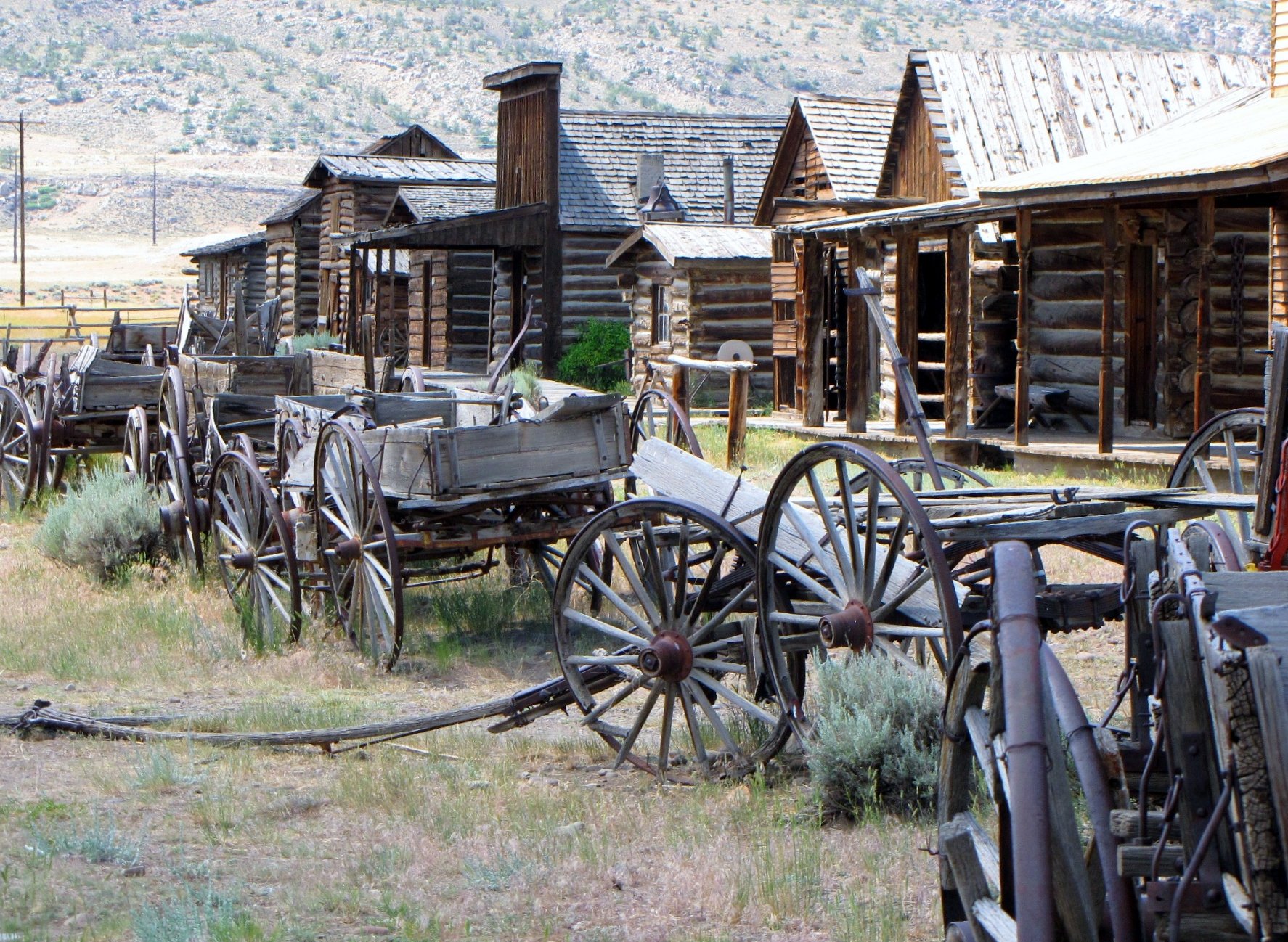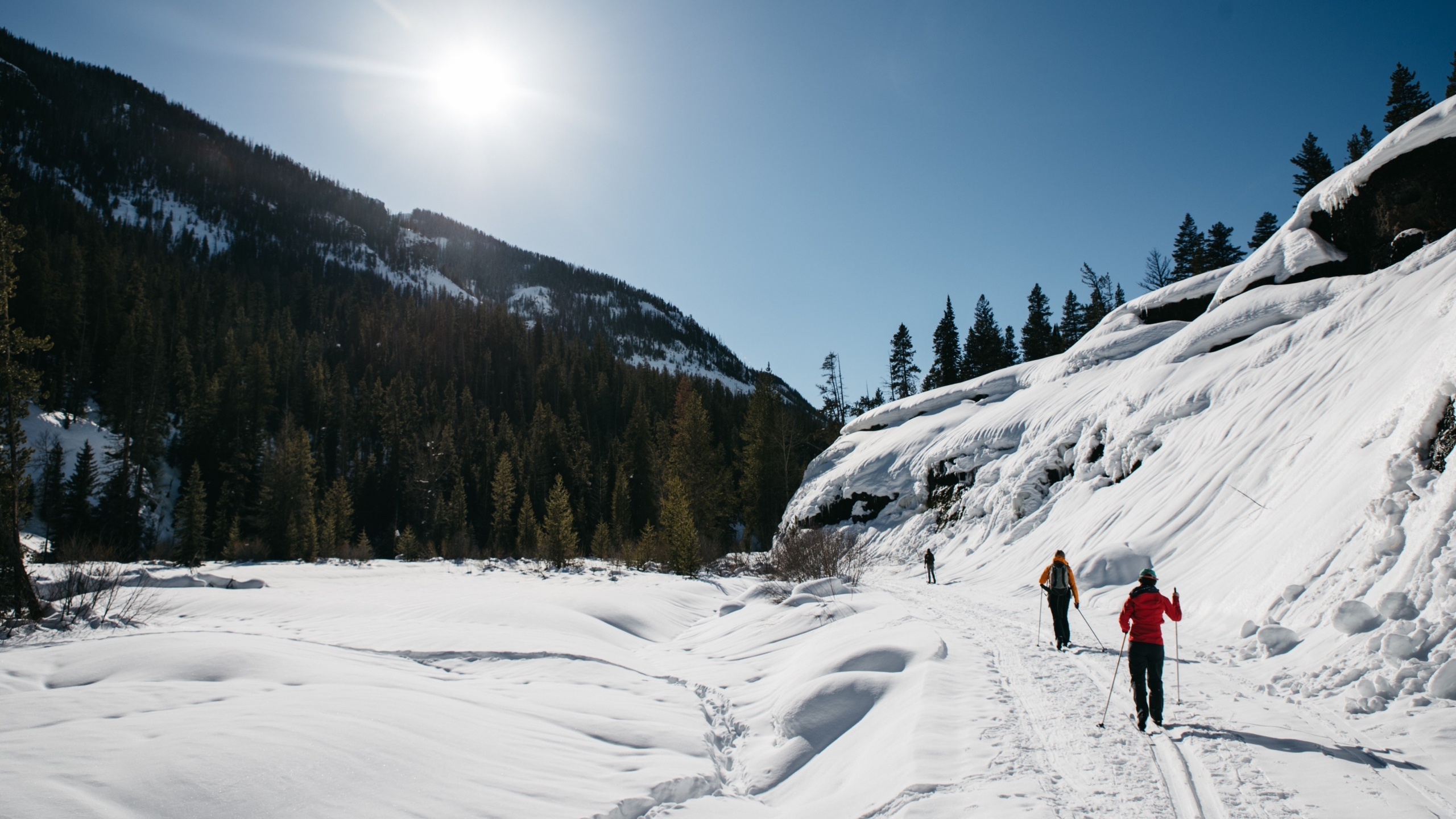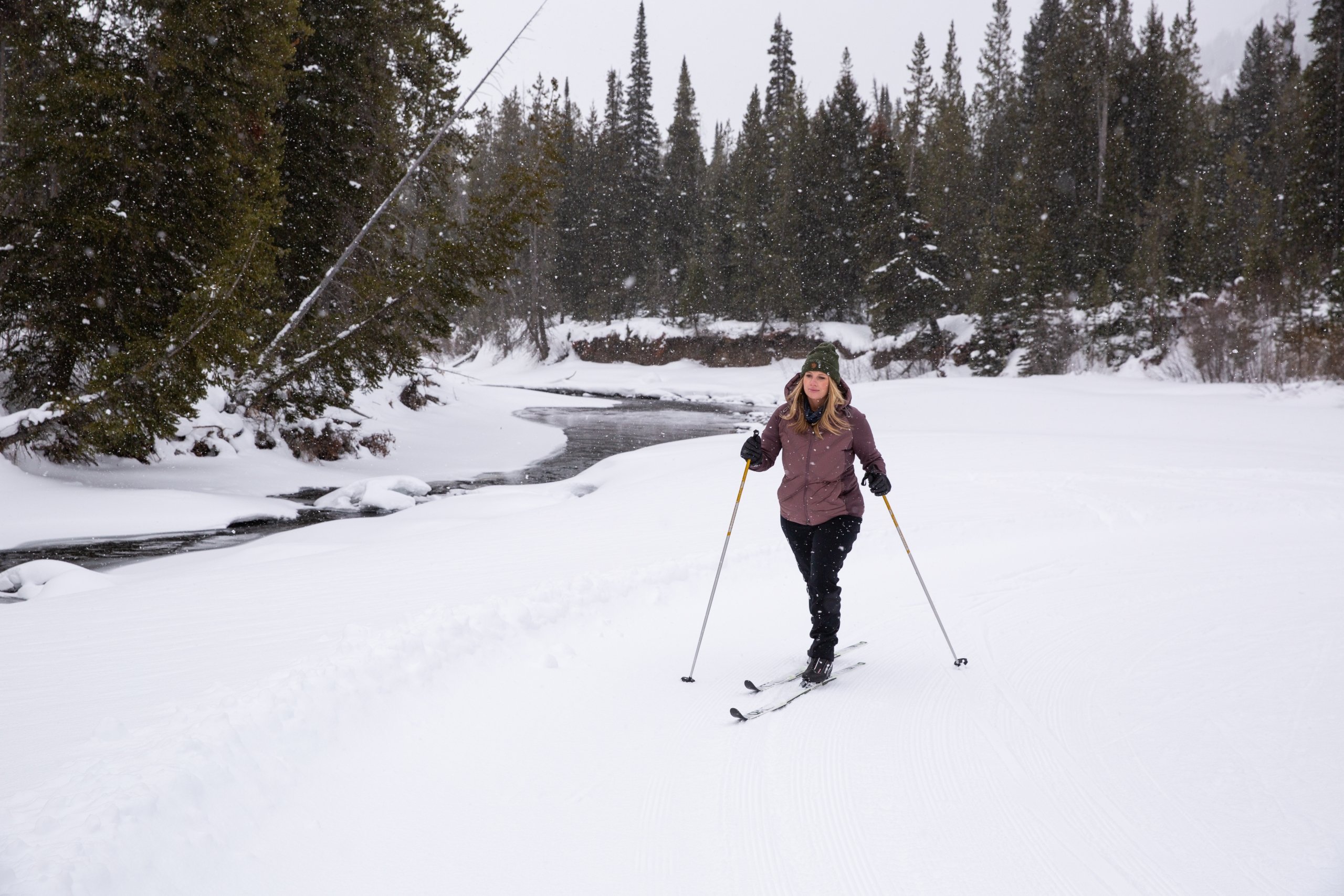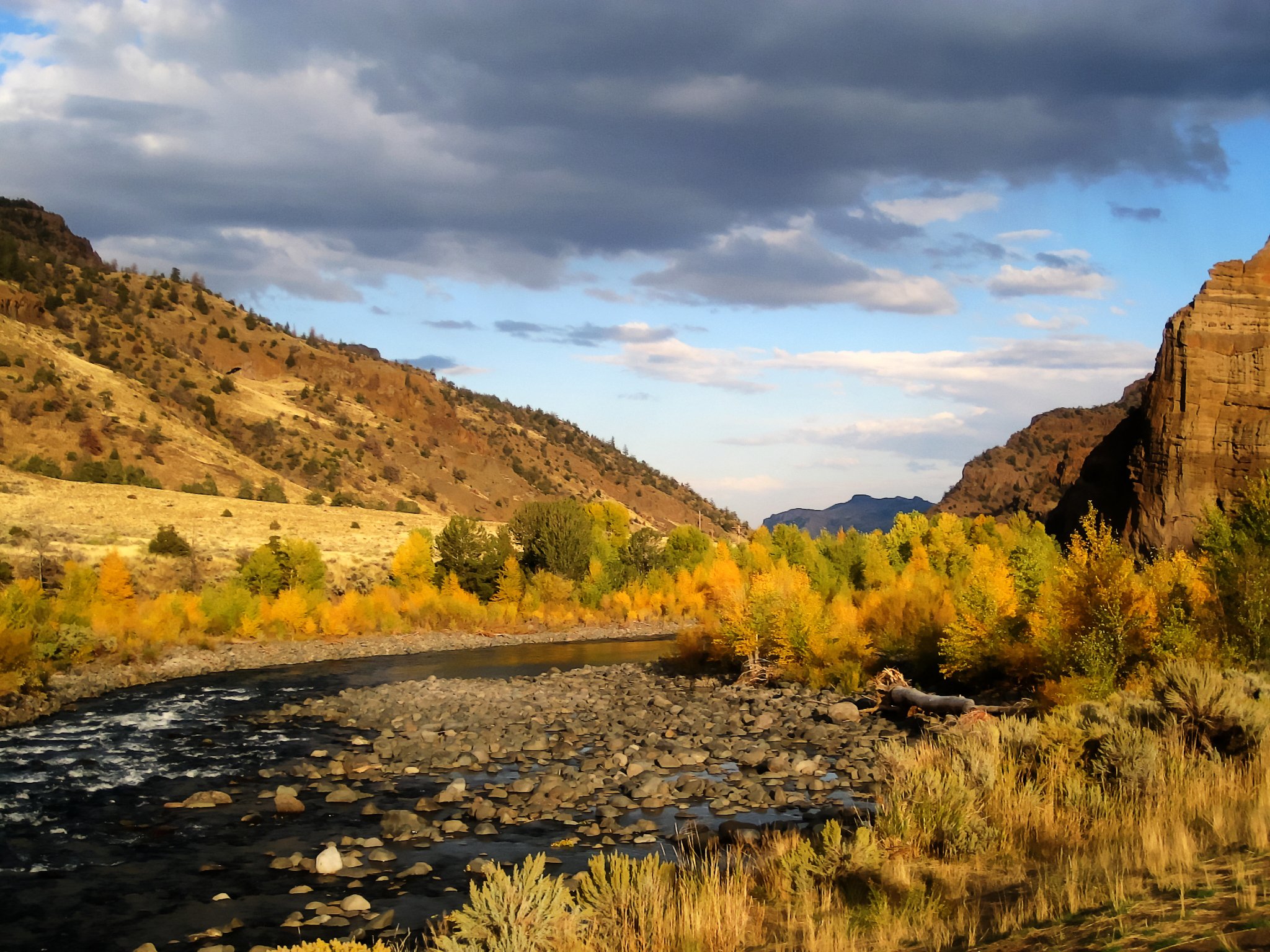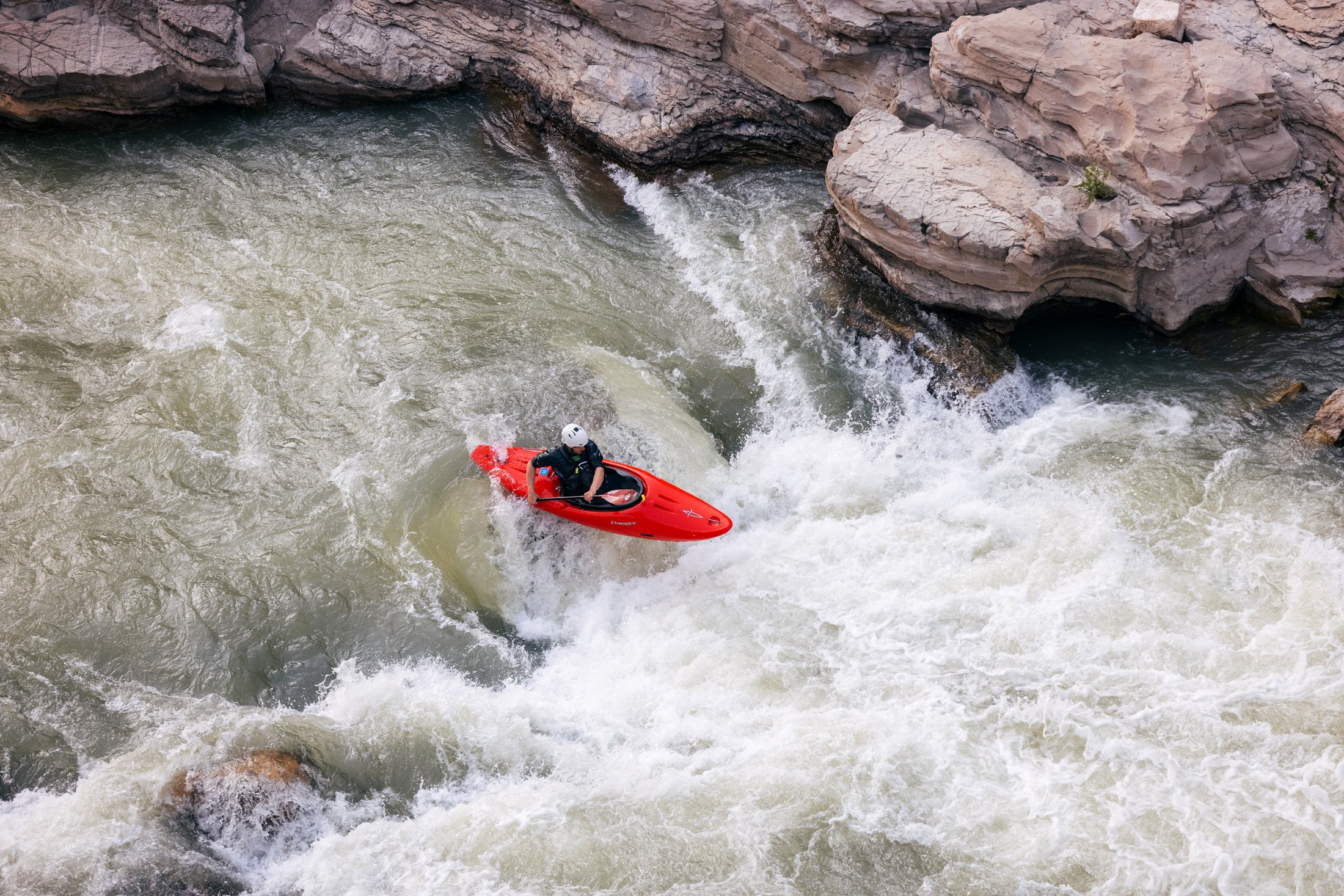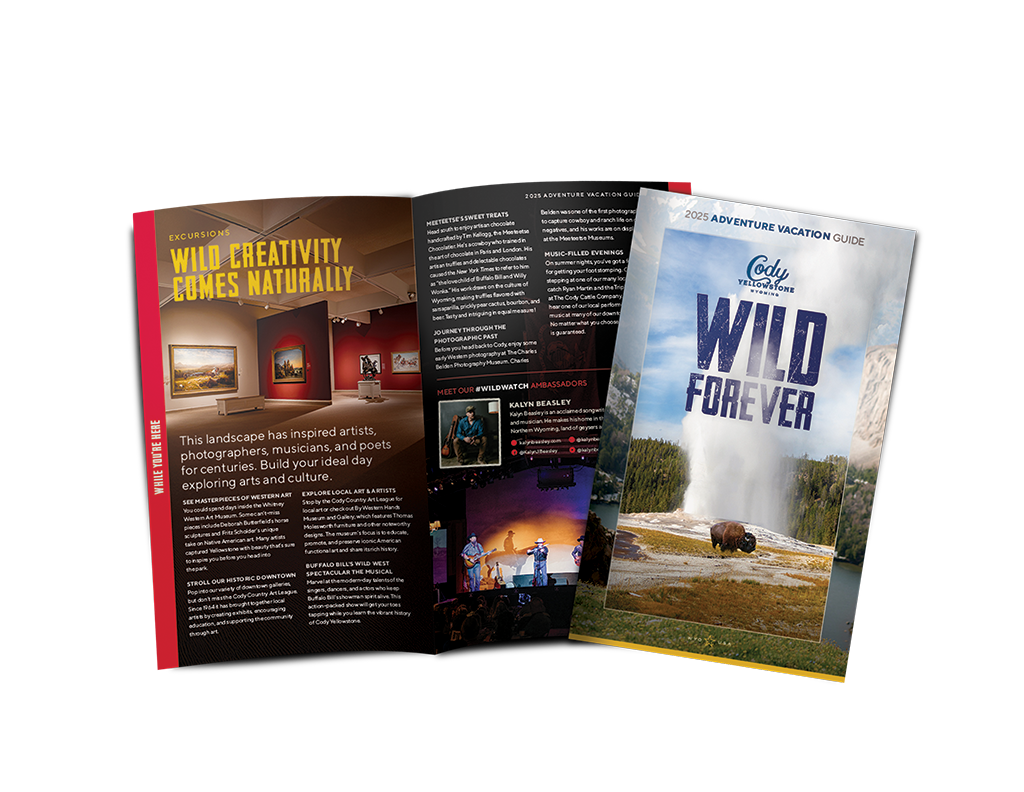Who Was Mummy Joe?
In the early 1960s, local resident Gene Smith stumbled across what he thought was a cave tucked north of the Shoshone River. Turns out, it wasn’t a true cave — more of a deep overhang carved into volcanic rock. But definitions didn’t matter much once archaeologists uncovered what lay inside.
There, high in the cliffs above Wapiti Valley, they found the naturally mummified remains of a man who had died nearly 1,200 years ago. Cody locals gave him a name: Mummy Joe.
A Perfect Place For Preservation
Mummy Joe hadn’t been embalmed or prepared in any ritual way. Instead, he was laid to rest beneath a rock cairn inside what’s now known as Mummy Cave, more than 6,000 feet above sea level. The dry air and cool temps of the high-elevation cliff created the perfect environment for preservation.
What they found around him told an even bigger story.
What We Know About Mummy Joe (and what we don’t)
While there’s a lot we’ll never know about Mummy Joe, experts have pieced together a lot about his life. Here’s what we know for sure:
Mummy Joe was undoubtedly an accomplished big game hunter. His final resting place was surrounded by thousands of animal bones — bighorn sheep, deer, and other large game.
The site had been occupied for over 8,000 years, from around 7280 B.C. to 1580 A.D., making it one of the longest continuously used archaeological sites in North America.
His people were skilled survivalists. Archaeologists found perishable tools like arrows with intact feathers, woven baskets, nets, and beads — all surprisingly well-preserved.
Many artifacts predated Joe by centuries, with some basketry and bone tools dating back over 5,000 years. These items gave researchers a rare look into Native American life in the Rocky Mountain West.
Mummy Joe was once on display, but that changed in 1990 with the Native American Graves Protection and Repatriation Act (NAGPRA). His remains — along with sacred objects — were respectfully returned to affiliated tribes for reburial.
A Cave That Still Speaks
